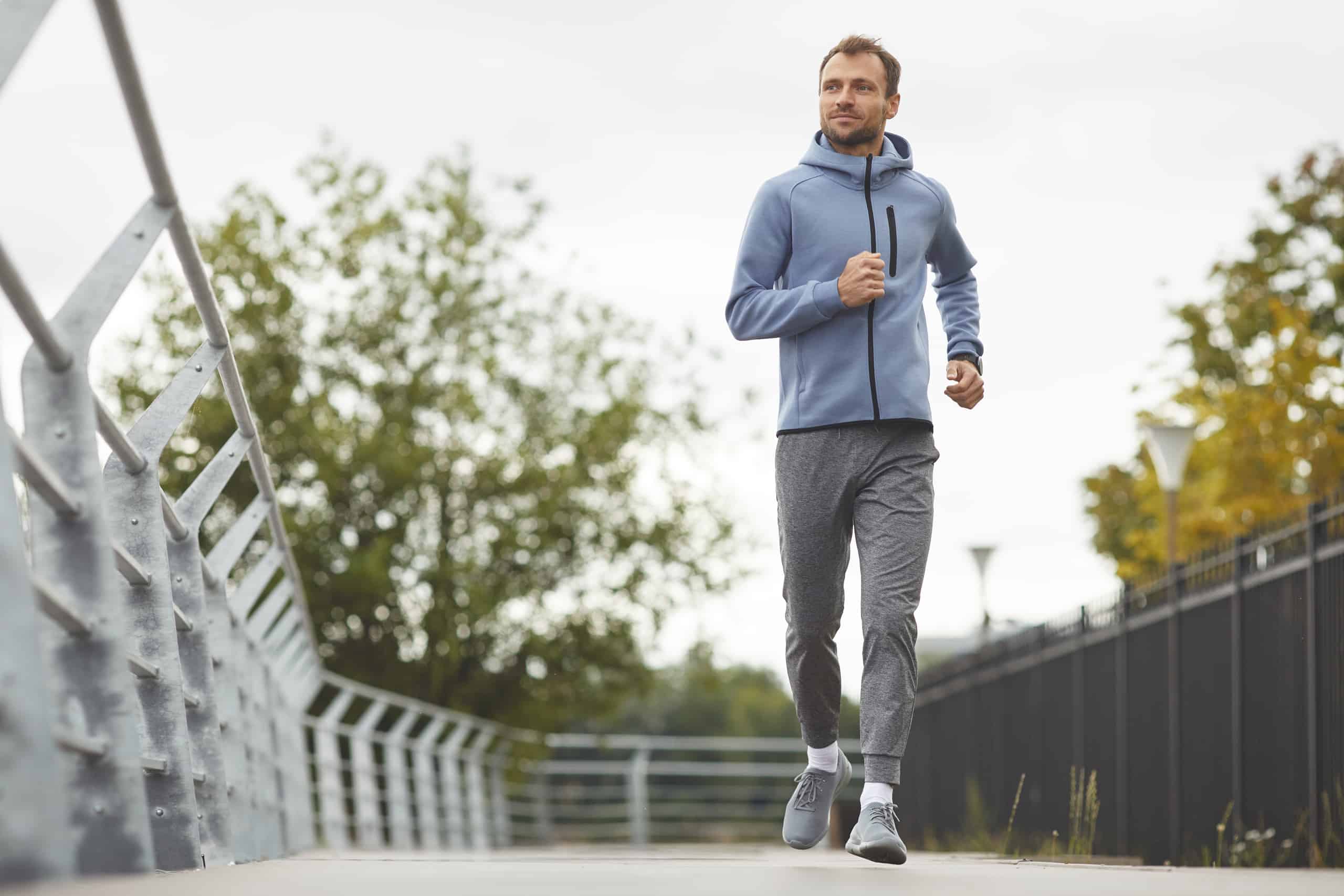Introduction
Heat and cold therapy have become more requested by athletes in the recent years. It helps with performance, recovery, and medical conditions like swelling and sore muscles. Let’s look into its advantages and dangers to comprehend it better.
Definition of Heat and Cold Therapy
Heat and cold therapies are popular treatments for sports injuries and muscle aches. These refer to the use of heat or cold to lessen pain and help in exercise recovery.
Heat therapy is achieved by applying hot baths, compresses, saunas, and heating pads. Cold therapy requires cold baths, compresses, and cold packs.
Heat and cold therapy have positive physical effects on injured muscles. Heat widens blood vessels and increases circulation. Cold constricts blood vessels, slows circulation, and reduces swelling.
Both heat and cold therapy can reduce pain. This helps reduce the need for anti-inflammatory drugs. Both also help speed up tissue repair and aid recovery from injury or soreness.
Benefits of Heat and Cold Therapy for Athletes
Heat and cold therapy are often used in sports and physical therapy for pain relief, healing sore muscles, increasing flexibility, and boosting athletic performance. Heat increases circulation and flexibility of tissues such as muscles, tendons, and ligaments. Meanwhile, cold reduces inflammation. Both treatments offer athletes many benefits.
Heat treatment loosens tight muscles and increases bloodflow to the area. It brings oxygen-rich blood to the tissue, flushing out metabolic waste. With increased flexibility, athletes can perform better and reduce their risk of muscle injuries.
Cold treatment is used to reduce inflammation, swelling, pain, bruising, numbness/tingling, and spasm in joints/muscles’ ligaments/tendons. It helps heal the athlete more quickly, allowing them to get back to full activity with minimal downtime.
Heat Therapy
Heat therapy is a popular choice for athletes wishing to perform better and recover faster. Heat therapy works by increasing blood flow, thus making tissue more flexible, reducing stiffness of joints, and relieving pain. It also decreases swelling and inflammation, and boosts the circulation of oxygen and nutrients.
Let’s take a look at the different types of heat therapy accessible and how they can help athletes with preparation and recovery:
Types of Heat Therapy
Heat therapy has been used for centuries to help athletes warm up and heal muscles. Forms of heat therapy include:
- Hot packs, heated in a microwave or oven and providing deep heat to relax muscles, improve range of motion, and increase circulation.
- Infrared therapy using rays to penetrate skin, increasing blood flow to the area treated. It can help with muscle relaxation, heal injuries, increase range of motion, and increase circulation in joints.
- Paraffin wax, a compression technique that helps with muscle relaxation and blood flow.
- Hydrotherapy, applying moisture with hot or cold temperatures to maintain moisture in soft tissue and increase blood flow. Hot hydrotherapy includes Epsom salt baths, sometimes called an invigorating bath treatment, to reduce swelling and lactic acid in damaged tissues. It also helps release toxins from body cells and improve energy and sleep.
Benefits of Heat Therapy
Heat therapy, or thermotherapy, is a form of physical therapy. It is used to ease aches and pains caused by over-exertion in athletes. Heat can reduce pain and increase blood flow. Heat treatments such as heating pads and hot showers are common. Ultrasound or electromagnetic therapy may also be used to heat deeper tissue layers.
Benefits of heat therapy include:
- Increased flexibility
- Enhanced circulation
- Improved healing time
- Pain relief
- Decreased swelling
- Reduced risk of future injuries.
Athletes should consider heat therapy. It can help mobility, reduce pain & stiffness, and prevent injury. It also enhances performance & recovery from physical activities.
Cold Therapy
Chilly Therapy is a trendy way of treatment for sportspersons who wish to upgrade their performance and reduce recovery times. Chilly Therapy involves using cold temperatures – by way of ice packs or cold baths – on particular areas of the body. Although there may be risks connected with Chilly Therapy, a lot of athletes have discovered it to be a helpful tool for managing pain. It also lessens inflammation and helps speed up recovery times.
Let’s have a closer look at how Chilly Therapy works and the potential dangers it could bring:
Types of Cold Therapy
Cold therapy is beneficial for pain relief and injury treatment – often overlooked. It can be used in different ways, but the most popular is with an ice pack or cold compress. Cold therapy reduces inflammation and soothes pain without any bad side effects, making it ideal for athletes of all levels.
- Ice packs: Ice packs are a common type of cold therapy. They reduce swelling and ease muscle, joint, and tendon pain. Fill with water. Keep in a refrigerator. Place on the area for 15-20 minutes several times a day (unless advised otherwise).
- Gel packs: Gel packs have more flexibility than ice cubes. Heat for 30 seconds or less, then use on any body part needing help.
- Cold spray: Spray directly onto the area or into clothing pockets before wearing them. Spray onto sprained ankles for max benefit.
- Ice bath: An ice bath is a bath filled with water below 40°F. Used post-workout and for chronic pain. Not pleasant, but effective for athletes wanting to improve performance and recover faster.
Benefits of Cold Therapy
Cold Therapy is a natural way to reduce inflammation and improve performance in athletes. It has been used for centuries, in the form of cold showers, baths, and ice packs on joints and muscles.
Cold Therapy works by constricting blood vessels near the application site, which lessens swelling and pain. This helps deliver oxygen-rich blood to muscles, and removes waste products like lactic acid after a workout.
The benefits of Cold Therapy include:
- Reduced swelling, inflammation, soreness and stiffness.
- Improved circulation, with oxygenated blood reaching areas with damaged tissues.
- Less nerve pain from injury or exercise-induced fatigue.
- Flushing away toxins like lactic acid left after activity or injury.
- Speeding up recovery time after sports injuries, by cooling damaged muscle fibers faster.
- Decreased time needed to return to activities post-injury, due to reduced swelling.
Combining Heat and Cold Therapy
Heat and cold therapy are two popular methods used by athletes. They help to boost performance, increase flexibility, and reduce recovery time. Usually they are done separately, but combining them can bring even more benefits.
Let’s take a look at the advantages of combining heat and cold therapy and how to do it for great results!
Benefits of Combining Heat and Cold Therapy
Combining hot and cold therapy, known as contrast therapy, is used by athletes to improve performance and aid recovery. Hot and cold alternately applied can offer great benefits, like reducing muscle pain, stiffness, swelling and soreness. It can also release endorphins. Plus, increased range of motion (ROM) and improved cardiovascular efficiency.
Thermotherapy (heat) increases circulation before exercise, allowing more flexibility for better performance. Cryotherapy (cold) has a cooling effect on the immune system, helping athletes train without fatigue. Thermotherapy and cryotherapy together can make an athlete mentally alert and relaxed before and after physical activity.
The combination of hot and cold temperatures stimulates blood vessels and increases oxygen delivery through soft tissues, offering one of the best methods for improving athletic performance and speeding recovery.
Safety Considerations
When it comes to heat and cold therapy, athletes must be wary of risks. Heat therapy can be dangerous if used wrongly; too much heat can cause heat exhaustion, dehydration, and other heat-related illnesses. Cold therapy can bring harm if not applied properly; this can cause tissue damage, frostbite, and other bad effects.
Athletes should take safety precautions to get the most out of the treatments and avoid any harm.
Potential Risks of Heat and Cold Therapy
Heat and cold therapies are great for athletes! They bring relief, better performance, and help with recovery. But there are risks!
- For heat therapies, use caution with temperature and time. Risks include skin irritation or burns, and headaches from heat exhaustion. Also be aware of pre-existing medical conditions.
- With cold therapy, injuries can happen from chilling too quickly or severely. Chills may be more likely after activity or dehydration. To reduce risk, stay hydrated and finish with warm-up stretches.
It’s key to understand the risks for each type of therapy. That way you can stay safe and still get results!
Tips for Safe Use of Heat and Cold Therapy
Heat and cold therapy are popular treatments for athletes. They can help reduce inflammation and improve recovery time. However, you must use them safely to avoid potential injury or worsening of the condition.
Follow these guidelines when using heat or cold therapy:
- Start with a low temperature, and gradually increase it until you feel comfortable.
- Check the temperature regularly and adjust if needed.
- Generally, 10-15 minutes is enough.
- Don’t press down full weight on top of a compress or ice pack.
- Monitor skin temperature during treatment, and remove the heat or cold source if the skin turns red.
- Don’t leave a compress/ice pack on an area during sleep.
- Discontinue use if numbness or other unexpected sensations occur during the session.
Conclusion
Athletes can gain much from using heat and cold therapy to boost performance and heal muscle injuries. Heat therapy can be applied before or after exercise to ease pain and increase mobility. Cold therapy is usually done shortly before or after an activity to bring down inflammation, stop damage, and reduce suffering.
The main thing in using heat and cold therapies with athletes is to decide on the correct plan for each person’s needs and their endurance level. Using the correct physical methods and understanding how the body reacts to each treatment will let athletes get the most out of their performance while cutting down injuries from strenuous exercise.
It is wise to consult medical experts for proper advice on any sports injuries or medical issues that might have come up due to physical activity, so that the best treatments are used for improved results:
- Consult medical experts for proper advice.
- Understand how the body reacts to each treatment.
- Decide on the correct plan for each person’s needs and their endurance level.
Frequently Asked Questions
1. How can heat therapy benefit athletes?
Heat therapy can increase blood flow to the affected area, which can help reduce stiffness and improve flexibility. Heat therapy can also help relax muscles and improve range of motion, which can be especially beneficial before workouts.
2. When should athletes use cold therapy?
Cold therapy is best used immediately following a workout or injury to help reduce inflammation and swelling. Cold therapy can also help reduce pain and muscle spasms.
3. Can athletes use both heat and cold therapy?
Athletes can use both therapies in combination to help enhance recovery. Heat therapy can be used before workouts to improve flexibility and cold therapy can be used after workouts to help reduce inflammation and soreness.
4. What are some common heat therapy methods for athletes?
Common heat therapy methods for athletes include using heating pads, warm towels, or taking a warm bath. Heat creams and ointments can also be applied topically.
5. What are some common cold therapy methods for athletes?
Common cold therapy methods for athletes include using ice packs, cold compresses, or taking a cold bath. Ice baths are also a popular method of cold therapy.
6. How long should athletes use heat or cold therapy?
Heat therapy can be used for up to 20 minutes at a time, while cold therapy can be used for up to 15 minutes at a time. It’s important to give the affected area a break between applications to prevent tissue damage.









